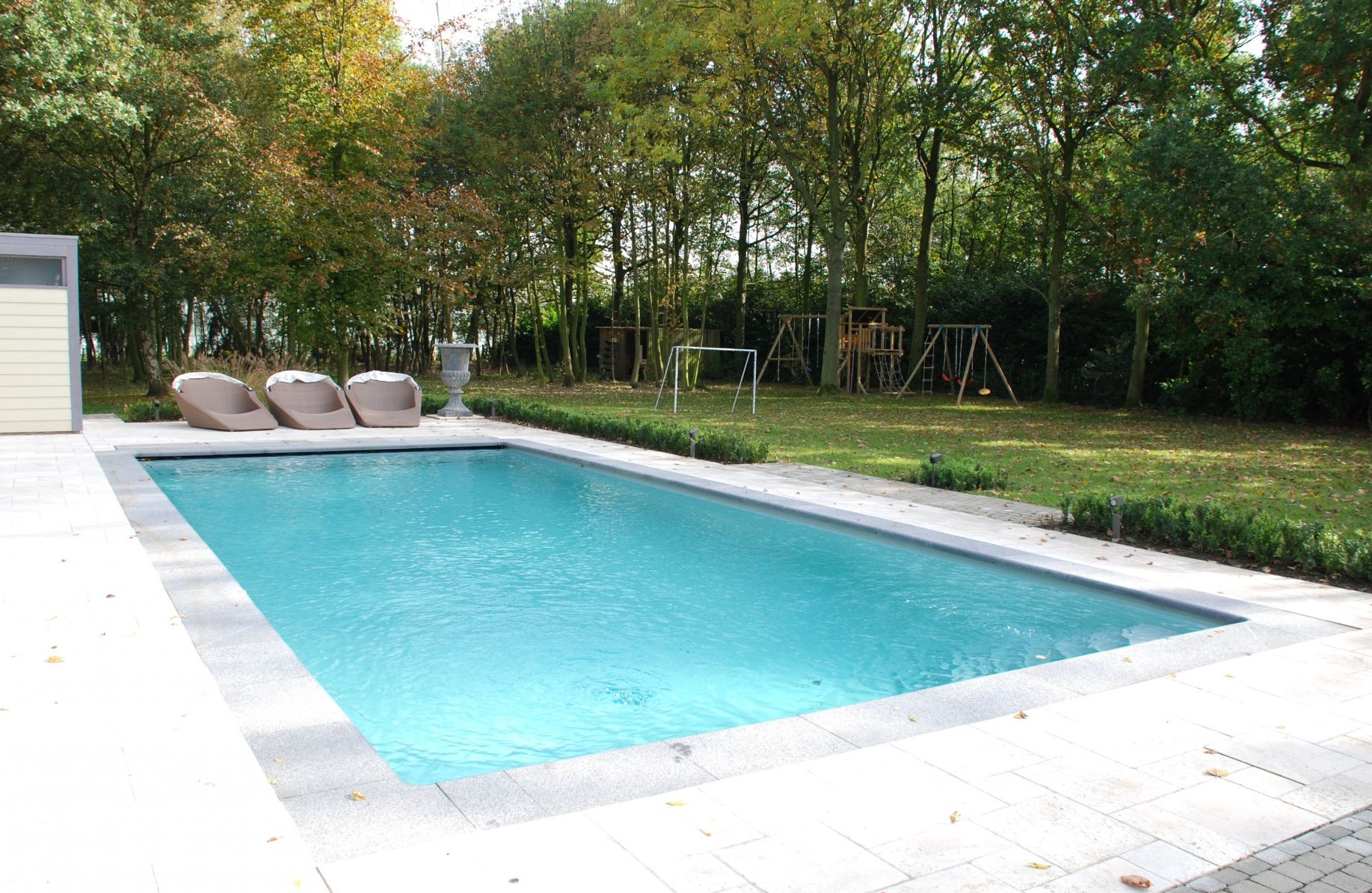Products for polyester pool construction and renovation
Build your own polyester pool
Renovate a polyester pool or monoblock pool
Creating a beautiful, long-lasting swimming pool requires precision, craftsmanship, and high-quality materials. On this page, you will find extensive information and expert advice on constructing and renovating a swimming pool. We are also delighted to share more about our premium products and their applications.
Below, you will find more information on selecting the right materials and construction techniques, as well as maintaining and upgrading a pool. Dive into our wealth of knowledge and discover how to create dream pools in a sustainable manner.
Get inspired about constructing a polyester pool or natural swimming pond, or learn more about repainting an existing pool with Perfect Pool Finish.
At V-Sure, we are ready to guide you through every step of the process, ensuring you can enjoy a beautiful swimming pool for years to come.

